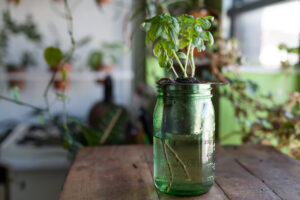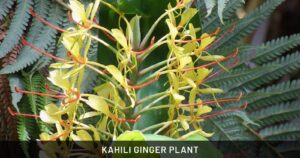The Blue-eyed African Daisy, or Osteospermum, is a vibrant and eye-catching addition to any garden. Known for its striking blue centers surrounded by petals that can range from white to deep purple, this plant thrives in sunny spots and well-drained soil. Not only does it bloom generously from spring through fall, but it’s also notably low maintenance, requiring minimal care once established.
For pet owners, the Blue-eyed African Daisy offers peace of mind as it is generally considered non-toxic to both dogs and cats. This makes it a splendid choice for those looking to brighten up their outdoor spaces without worrying about the safety of their furry friends. Enjoy the lush, daisy-like blooms and the lively beauty they bring to your garden, all with the reassurance that your pets are safe.
| Characteristic | Detail |
|---|---|
| Scientific Name | Osteospermum |
| Common Names | Blue-eyed African Daisy, Cape Daisy, South African Daisy |
| Family | Asteraceae |
| Origin | South Africa |
| Plant Type | Perennial in warm climates, annual in cooler areas |
| Height | Typically 6-12 inches (15-30 cm) |
| Spread | 12-24 inches (30-60 cm) |
| Flower Colors | White, purple, pink, blue, multicolor |
| Center Color | Bright blue |
| Bloom Period | Spring to fall |
| Sun Exposure | Full sun to partial shade |
| Soil Type | Well-drained, moderately fertile |
| Water Requirements | Moderate, drought-resistant once established |
| Temperature Tolerance | Prefers cooler conditions but not frost tolerant |
| Toxicity | Non-toxic to dogs and cats |
| Uses | Ornamental gardening, containers, borders |






